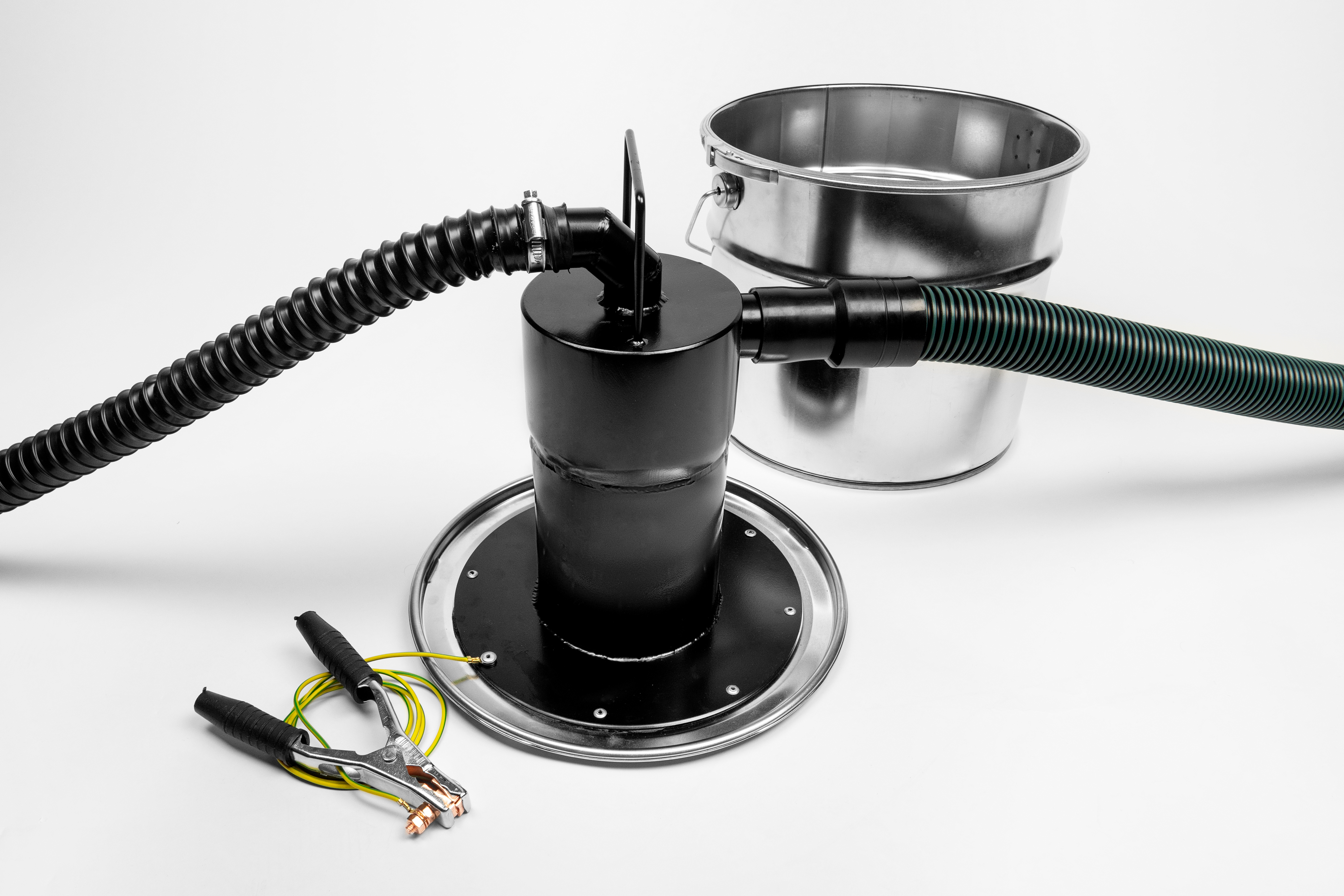Managing powder behavior is not only central to optimizing the Selective Laser Sintering (SLS) 3D printing process, but it’s also an essential way for manufacturers to keep their costs down.
By reducing powder refresh rates, both small companies and mass manufacturers can maximize their Return on Investment (ROI), while decreasing their overall expenditure. Although large industrial SLS 3D printers often feature dedicated powder handling stations to make their production workflow more efficient, not all users need such hefty equipment.
As a result, Polish printer manufacturer Sinterit has launched its own line of powder optimizing solutions. The company’s recently-launched powder toolset offers to accelerate the print preparation process for its users, while its ATEX vacuum cleaner is specifically designed to make powder recovery as safe and easy as possible.
Decluttering the SLS 3D printing process
SLS 3D printing is an effective method of fusing plastic, metal, glass, ceramic or composite powders into complex parts that can be used within industries ranging from healthcare to the aerospace sector. Sinterit’s own Lisa and Lisa PRO systems have been applied in similar areas on many occasions, and recently they’ve even been used to create new textile applications for the technology.
The problem with SLS manufacturing is that it’s inherently a messy procedure, and the more time customers spend either tidying or topping up their machines, the less productive their workflow is likely to be. In order to help Lisa owners to maximize their ROI and minimize downtime, the company has launched a dedicated new set of powder tools.
Sinterit’s advanced additive add-ons provide users with all the basics they need to fill their printer quickly, safely, and cleanly, including a 6kg (12 liters) metal powder container. Not only is the receptacle three times the size of conventional bottles of material, but it also features an easily-attachable funnel.
For Sinterit’s Lisa PRO customers, one 2kg (4 liters) bottle may not previously have been enough to prevent the need for frequent top-ups, making the new container a real time-saver for the firm’s heavier duty users.
“If you are using Sinterit Lisa PRO a lot, you will quickly learn how much time you can save by just using a few new powder tools we provide.”
The company’s funnel meanwhile, makes the refilling process easier and cleaner than before, by guiding the powder in a way that prevents it from floating into the air, or spilling on and contaminating vital parts. As an added benefit, the new kit is also compatible with its sieve and its ATEX vacuum cleaner, meaning that the funnel, and the rest of its accessories, all fit into one cohesive ecosystem.
Sinterit’s new range of dedicated powder tools also includes a custom-made IO Box device. The metal structure makes the funnel even more precise, by using two metal elements to guide the powder, preventing it from scattering and soiling the system’s pyrometers.
In addition to filling the machine, the device can be used to take out the resulting print, and move it to a post-processing area quickly and safely. Alternatively, as most of its users don’t have a dedicated space for post-processing, Sinterit’s powder tools set also includes a lightweight foldable tray.
The flexible workspace is designed to fit into any lab or printing area and keep all unsintered powder in one place, making it easier to vacuum or pour straight into a powder bucket after use. Utilizing a combination of these new powder management tools, Sinterit claims users can half their print preparation times, allowing them to fabricate more products, and improve their overall ROI.

Sinterit’s ATEX depowdering device
Aside from Sinterit’s dedicated powder toolset, the company also offers its ATEX vacuum cleaner, which allows users to keep their workspace clean while recovering any unsintered powder for the next print. The device features a 12-liter collection capacity, which is important for those working with limited space, as well as a powder separator that helps to prevent material waste and prolong the lifetime of the vacuum.
The device is ATEX certified, meaning that it can be used to safely collect potentially explosive materials where conventional vacuum cleaners cannot. In addition to ATEX accreditation, Sinterit’s machine features a special filter, anti-static dedicated hoses, and electrostatic nozzles, providing users with the safest depowdering equipment possible.
As well as being clean, safe, and ergonomic, Sinterit’s vacuum cleaner is also quick, and it can recover up to 100 percent of excess material in less than 10 minutes. What’s more, the system’s integrated powder separator transfers powder automatically, removing the need for manual handling, and accelerating the overall production process.
Through its combined ecosystem of depowdering solutions, Sinterit aims to enable Lisa’s users to 3D print with a greater deal of cleanliness, convenience, and productivity. The firm’s motto for its dedicated toolset is “the simplest tools are often the best,” and its kit has been designed with this in mind, providing the most straightforward user experience possible.
To stay up to date with the latest 3D printing news, don’t forget to subscribe to the 3D Printing Industry newsletter or follow us on Twitter or liking our page on Facebook.
Are you looking for a job in the additive manufacturing industry? Visit 3D Printing Jobs for a selection of roles in the industry.
Featured image shows Sinterit’s new range of dedicated powder management tools. Photo via Sinterit.



